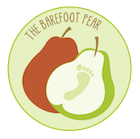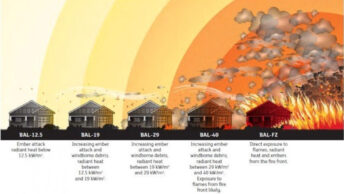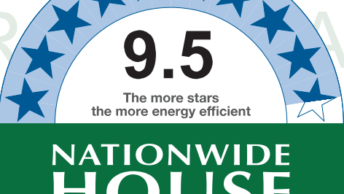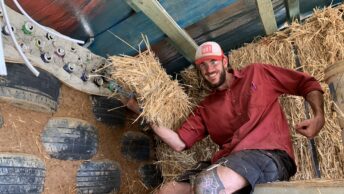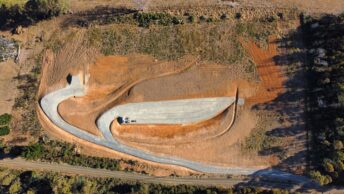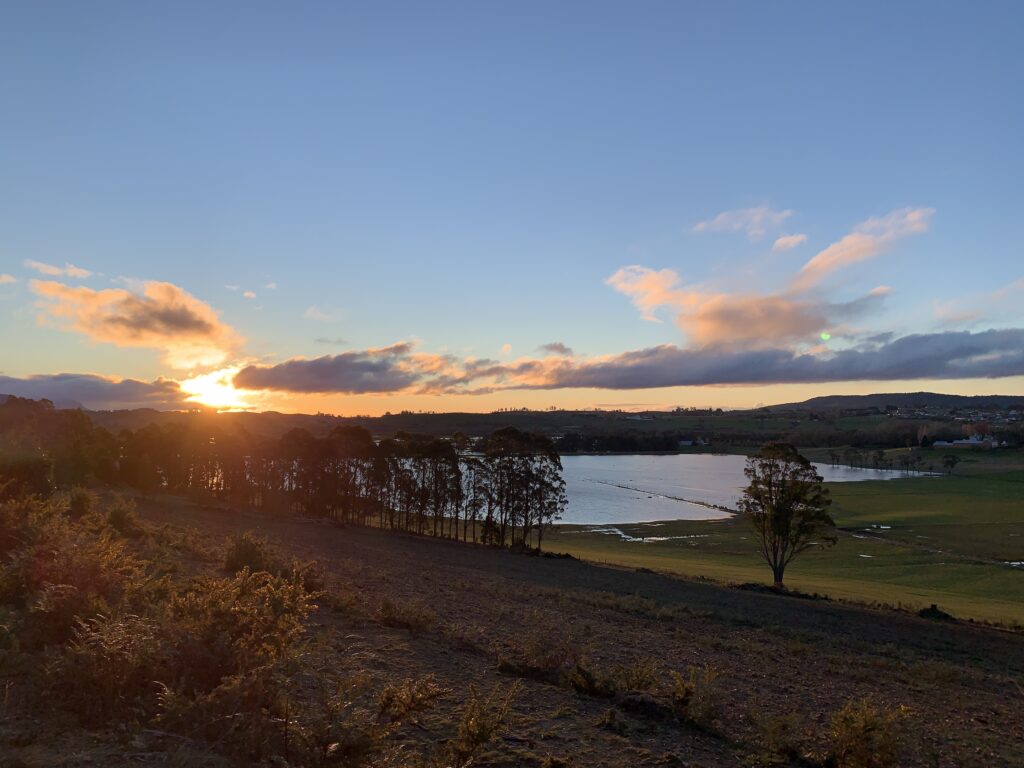
Well, that year was something. So we totally fell off the blogging bandwagon, and a LOT has happened in the 12 months since our last post. I’m writing this from Lockdown 6.0 in Melbourne, and I can’t believe that this time last year we were in Lockdown 2.0, or was it 3.0? I’ve lost track. Anywho, yeah Covid is still a thing. The latest IPCC report also got released last week (spoiler: it’s not good news). What a ride. This’ll be a long read – there’s a lot to catch up on!
Last year, we spent 5 months volunteering on permaculture farms and a strawbale house build. During that time we learned loads, gathered a bunch of inspiration, and had a real long, hard think about what we wanted for our future. With the pandemic raging, and the impending climate catastrophe not getting any better, we decided to start looking at real estate listings in Tasmania. We familiarised ourselves with climate projections for different parts of Tassie, as well as geological maps, and tried to get a sense via the internet of towns and communities we might fit in with.
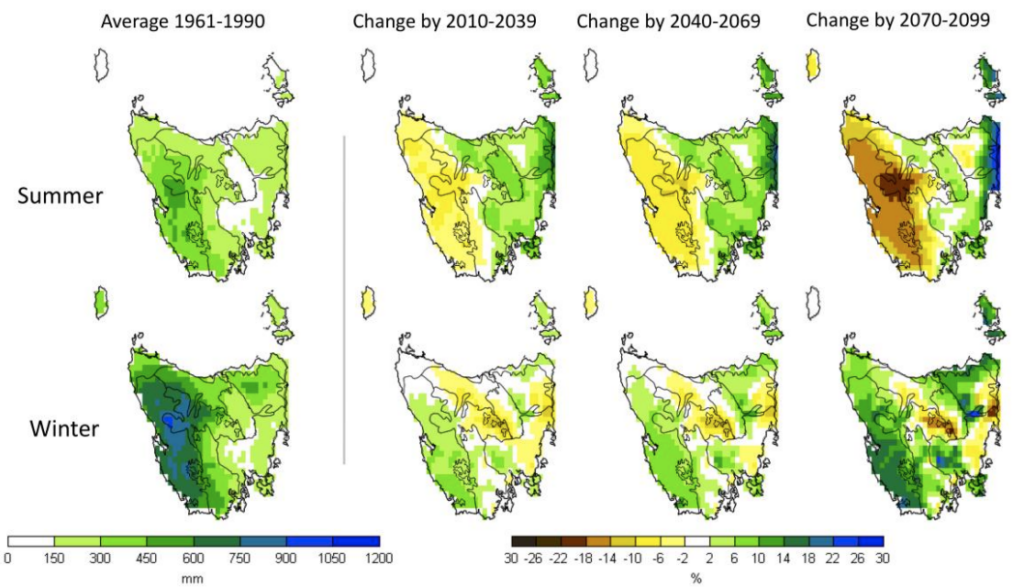
However you can only glean so much from the internet. We decided to book a two week camping trip to drive around the island and see if we could start narrowing down some areas in which to focus our real estate search. So in February, we boarded the Spirit of Tasmania with our ute full of camping gear and our notebook, and sailed across the Bass Straight to our future island home.
We drove through some lovely little towns. Down along the Huon Valley and Cygnet were particularly appealing. Cygnet definitely felt like our vibe – we were lucky to be there on a bustling market weekend. However we aren’t prepared to commit to a large mortgage for the rest of our lives, so it’s simply not a financially viable option for us. We travelled from Hobart up the east coast which was absolutely stunning. Beautiful beaches, but relatively remote with Hobart and Launceston both several hours drive away. The coast was lovely to visit though – it did feel like a little holiday – and camping at the Bay of Fires was absolutely incredible. From there, we made our way inland towards Launceston, and onto the Tamar valley. There were a number of small towns that we noted down as possible contenders, but nothing really grabbed us.
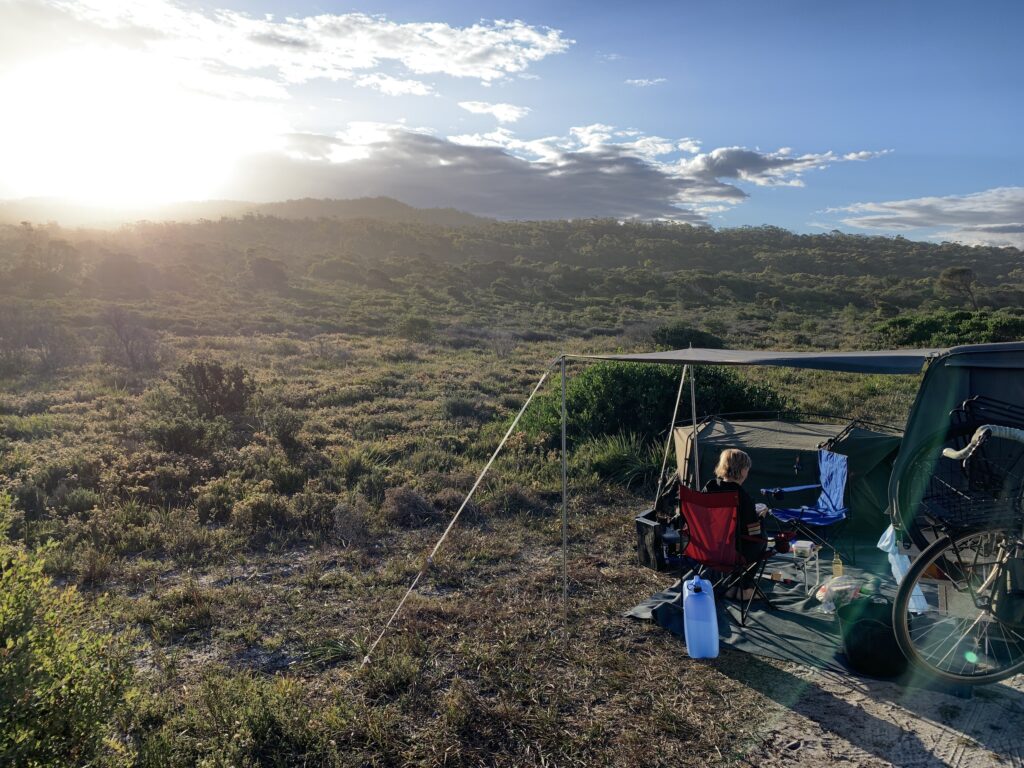
That was until we hit Deloraine. As we drove into the town, we crossed the river, and it was so picturesque. We made our way along the main road in town, passing an art gallery, pottery studio, bustling cafes, and three op shops. But it was when I saw the steampunk shop that I knew we’d found our home. Seriously – there must be some cool people in this 3000 person town if it can support a steampunk shop. We just felt an instant vibe with this town, you could tell it was a real community. We set up camp in the local camp ground along the river, and ended up spending a couple of nights. (Side note: do not camp at the camp ground along the river unless you like being woken up in the middle of the night by trains literally 5 metres from your tent. I’m not kidding, look it up on google maps).

There was a property just on the outskirts of town that we’d had saved in our real estate search for a while, so we decided to go have a look in person. We weren’t expecting much – it had been on the market for over 6 months when everything else in Tassie was under contract within days, so there must have been something wrong with it. We had our bikes with us, so we cycled to the property 20 minutes out of town. We reached the property along a gravel road, up on a north-facing ridge. No “For Sale” sign or anything, just a dirt field. There was no fence or anything so we walked down onto the property. The view was stunning, overlooking the town with dairy pasture and a hill in the foreground. We played around in the dirt for a bit, checking out the soil properties, and some neighbours saw us and we got chatting with them. We ended up at their house for a cup of tea for almost 2 hours, and they told us that the guy next door is actually the owner and that we should speak to him. We did go and visit the owner, Kevin, and we let him know that we really liked his block but it was a bit out of our price range. We left our contact details with him in case he had trouble selling it and was prepared to negotiate on price.
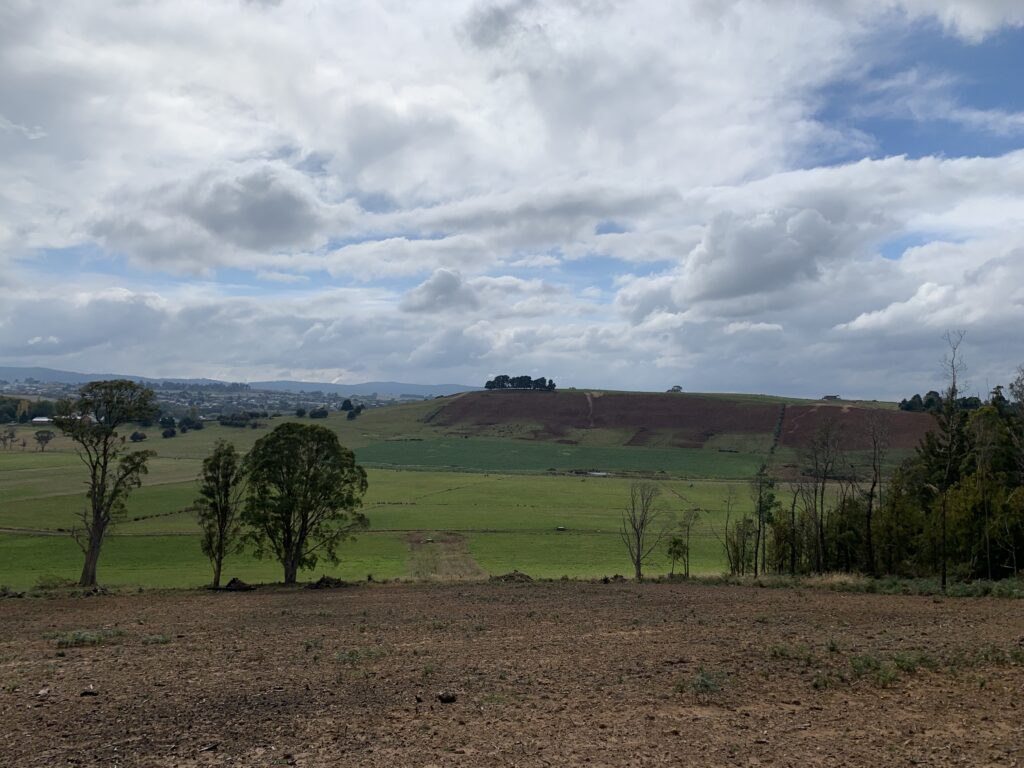
We were leaving Deloraine the next morning, and it occurred to us that we should take a soil sample from the property to keep investigating and do a jar and ribbon test. After a trip to the supermarket to buy ziplock bags and a hand shovel, we drove back to the property and took a few soil samples. We tucked them away, and continued our journey through the north-west of the island search of other possibly suitable towns. However it became clearer as we passed through each one that Deloraine was the place for us.
We found a Tasmanian-based Agronomist online that was able to run some soil tests for us, and we were lucky that his lab was located nearby. We dropped the soil off, and continued on to Devonport to catch the boat back to Melbourne. We left Tassie feeling pretty great that we’d narrowed down our search to a specific town, but we weren’t holding out much hope for the specific block we looked at. The soil didn’t seem great, and the price was higher than we were prepared to pay.
Fast forward a few weeks, and the soil report was in – it was actually better than we expected. Sandy soil, but good rainfall means that shouldn’t be a problem. Nutrient-wise, it was deficient in some areas, but nothing that couldn’t be remediated organically. Importantly, it didn’t have excess of anything, which is much harder to deal with. We considered the Scale of Permanence that we learned about in our PDC – some things are changeable, some things are not. It’s simply unrealistic to expect to find a perfect property that meets every single criteria within budget, within a reasonable time frame. Therefore, the criteria must be ranked by importance, with consideration of what can be changed. Climate, landform, and water are all factors that we can’t change, so the fact that this property was north facing in an area with good rainfall and (comparatively) positive climate projections was the most important. The soil wasn’t perfect, but it’s something that can be remediated over time.
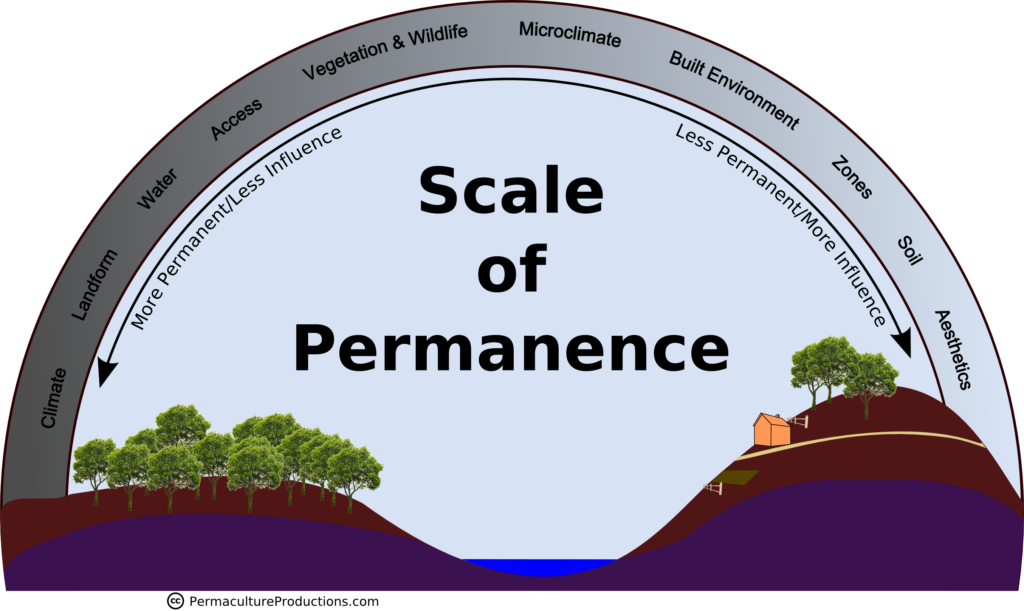
We’d passed the first hurdle – based on our preliminary research, we determined that the property met our criteria for being able to grow food and collect water. However there were still several other things that needed to fall into place – would the Council let us actually build a house on the property? And could we even afford it? Kevin did end up calling us, and offered to knock $25k off the price if we proceeded without the agent. We told him we were keen, and that we would begin our discussions with the bank, which we did immediately. In the meantime, we started liaising with Council about the possibility of building a house. Unfortunately, the building of a dwelling on the property is a discretionary use, so we know there’s the chance of us not getting development approval. However the Council assured us that if we were able to attain a favourable Environmental Impact Assessment, in all likelihood we would be ok to build a house.
We engaged an environmental agency to do the assessment, and in the meantime lodged our application for pre-approval with the bank. The bank gave us verbal reassurance that the loan in theory should be approved, so in April we flew down to Tassie for the day to shake Kevin’s hand and ask him to take the property off the market. Since then, we’ve only had a handshake agreement, which has been slightly nerve-racking for us as we’d invested several thousand dollars in the subsequent months for various reports and surveys. However we considered this the cost of our due diligence – if anything came back negative we would have pulled out of the sale. We have heard so many stories of people buying land and then realising later that they can’t actually build or do what they want to do with it. It’s so important to really do this research upfront – we didn’t want to be building any illegal structures or fighting against Council forever.

We found an architect (I’ll talk about building design in another post), and given that we’re having to plan our house build from Melbourne, it was important to us to meet him onsite to kick off the project. By some weird divine miracle, our scheduled meeting and 4 day trip landed right smack bang in between Lockdown 5.0 and Lockdown 6.0 (which was only a one week gap). Obviously we didn’t realise Lockdown 6.0 was coming, so we didn’t realise at the time how insanely lucky our timing was. On top of that, the bank called just as we boarded the Spirit in Melbourne to tell us that our loan had been approved. So our trip turned into not only a meeting with our architect, but also a meeting with the conveyancer to organise the sale contract.
So here we are. We’ve got a signed contract, and today the loan has been made unconditional. We’ve agreed on a 30 day settlement, so around this time next month we will legally be the owners of the first and only property we actually inspected. We are incredibly privileged to be in a position to own this little patch of the earth, and I acknowledge that sovereignty was never ceded, and the land always was, and always will be Aboriginal land. We can’t change the past, but we can work towards a better future, and I’m looking forward to us being the best stewards that we can be as current custodians of the land. We’ll also be looking at ways we can Pay the Rent, and encourage others to do so as well.
I’ll try not to leave it another 12 months until the next post!
